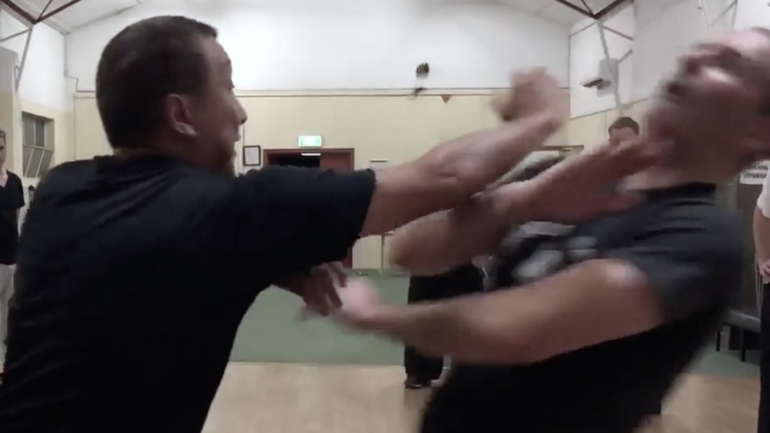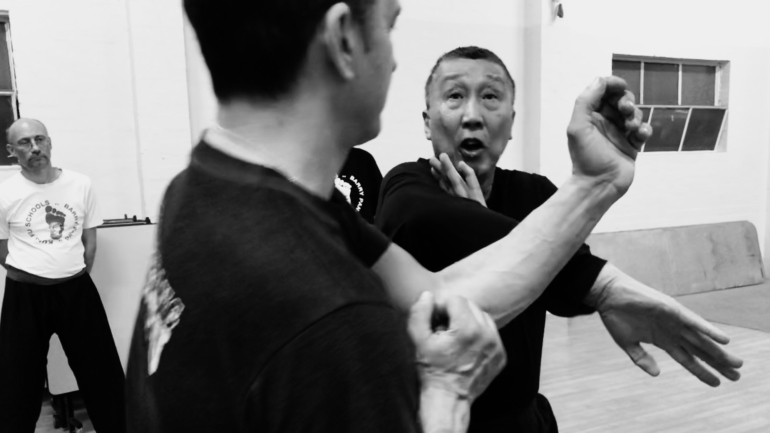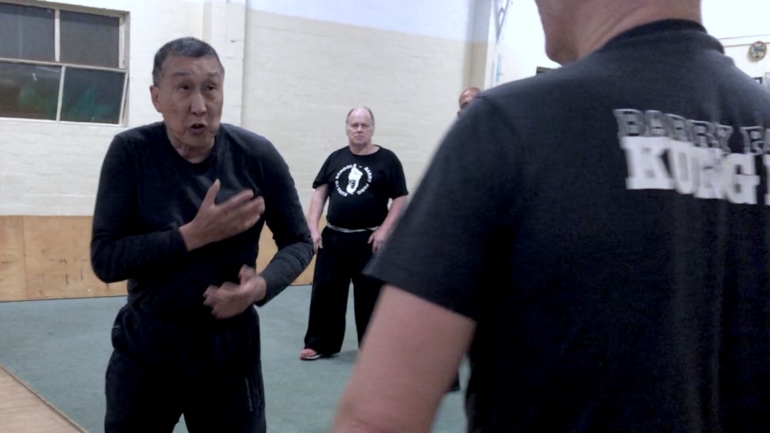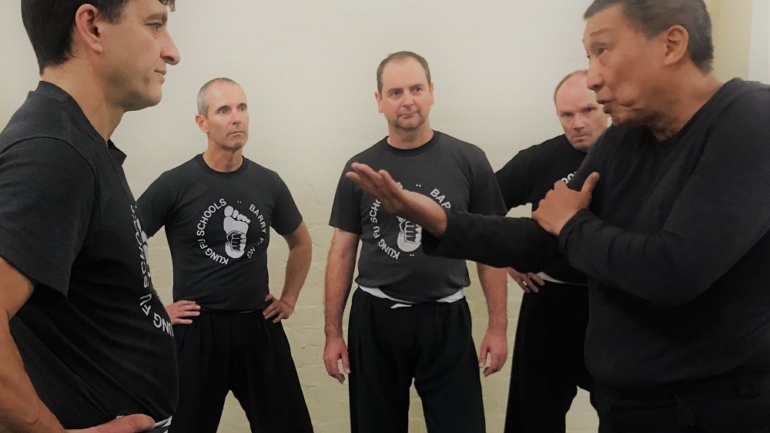Chum Kil is critical to Wing Chun practice as it introduces movement and coordination. It teaches mobility, after having learnt the basic hand techniques from the first form’s static position. A key Wing Chun principle is to contact,…


Chum Kil is critical to Wing Chun practice as it introduces movement and coordination. It teaches mobility, after having learnt the basic hand techniques from the first form’s static position. A key Wing Chun principle is to contact,…

The centreline theory is a celebrated formula for gaining control of your opponent, but is it enough? Concepts of feeling and redirecting your opponent are not the exclusive domain of Wing Chun kung fu. Here are 4 ways…

In real self-defence situations, free exchanges of blows are common. This is low-percentage fighting. In Wing Chun, the principle that practitioners strive for is to intercept the hands and gain the best position for attack. Sifu Barry Pang…

Developing a strong base in martial arts is the key to everything. It’s the primary source of power and mobility whilst freeing up the hands to be relaxed, sensitive and fast. Sifu Barry Pang explains that power through…

Effortlessly controlling an opponent requires the successful application of a contradiction: Being relaxed but strong when the stakes are high. There’s a natural, self-preservation instinct to resist aggression directly. However, resisting leads to an arm wrestle that the…

In an ideal world, Wing Chun’s “I’ll hit him first” plan works every time. However, living in the real world, tools to counter the clinch are critical to rounding out your martial arts. UFC and Jiu Jitsu have…

Designed a few hundred years ago, the Wing Chun punch is one of the most powerful in martial arts. However, it’s incredible mechanics are felt rather than seen. The straight punch is one of two core hand techniques…

The Bong Sao is probably the least understood or appreciated technique in Wing Chun. Yet it’s multiple applications are critical to the style and are unique in martial arts. Sifu Barry Pang explains the importance and key applications…

Opposing a stronger opponent head-on is a sure way to lose an encounter. To make the size problem go away, you need to be able to read and redirect their forces. The challenge is how to develop these…

Learning a sophisticated martial art takes patience and dedication to a sequential program of learning. There are no short cuts when each technique builds on the next. Sifu Barry Pang explains how in simpler martial art styles, you…